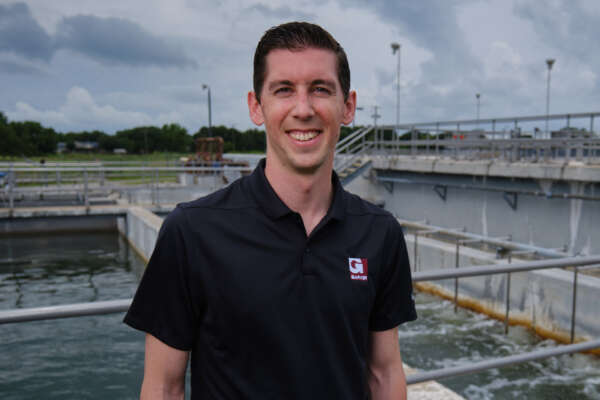Five key takeaways from the latest USEPA PFAS announcement

On May 14th the United States Environmental Protection Agency (USEPA) issued a press release announcing a significant change regarding their approach to regulating per- and polyfluoroalkyl substances (PFAS) in drinking water. Here are the top five takeaways for water utilities:
- USEPA intends to keep the Maximum Contaminant Levels (MCLs) set in the 2024 regulations for PFOA and PFOS, while rescinding - for the time being - the MCLs and HI (hazard index) including PFHxS, PFNA, HFPO-DA (GenX), and PFBS. To determine if these contaminants need to be regulated in drinking water, the USEPA will go through a process of standard regulatory determination. This is in line with a comment from the American Water Works Association (AWWA) that USEPA did not follow a standard process for determining that these contaminants need to be regulated in drinking water.
- USEPA is expected to issue a proposal to change the National Primary Drinking Water Regulation (NPDWR) in fall 2025 and to finalize that proposal in spring 2026. Until the new proposal comes out, the April 10, 2024 regulation still governs.
- The NPDWR compliance date will be extended two years, to 2031 instead of 2029, giving water utilities more time to reach compliance. This extension suggests that water systems will have until 2029, instead of 2027, to begin reporting concentrations of regulated contaminants - PFOA and PFOS - in consumer confidence reports (CCRs), as the 2024 NPDWR required reporting within three years of the final rule and compliance within five years of the final rule.
- While it is not explicitly stated, it is likely that USEPA will keep the MCLs for PFOA and PFOS at 4 ng/L as they said that they will not change the NPDWR for these two compounds.
- USEPA is launching the PFAS OUTreach Initiative, which will provide no cost technical assistance, training, public outreach and funding support for water systems from USEPA through their WaterTA program.
Garver is ready to help water utilities identify the best treatment technology for their site-specific needs, with extensive experience designing needed treatment systems. Our technical experts can also assist water utilities with the development and implementation of a monitoring program to assess their status with respect to NPDWR, and our funding experts can help utilities create a funding strategy specific to their needs.
Learn more about how Garver can help your utility tackle PFAS challenges.








Share this article